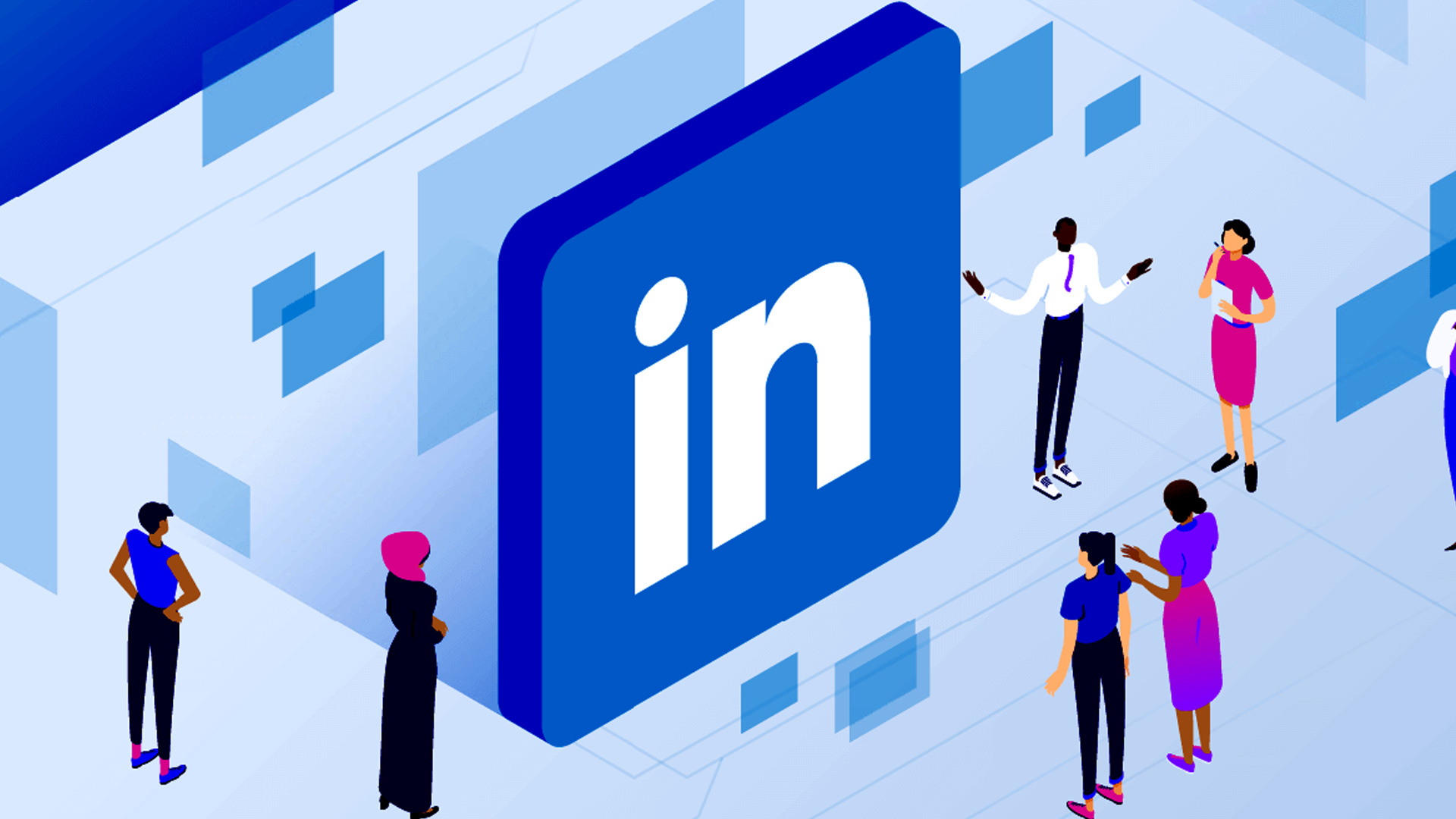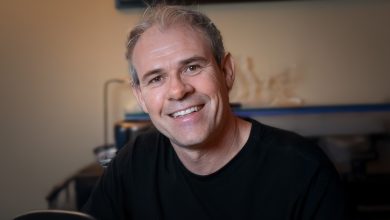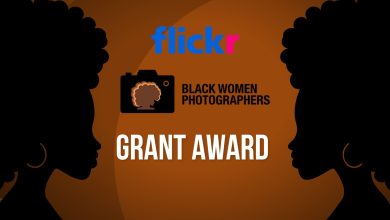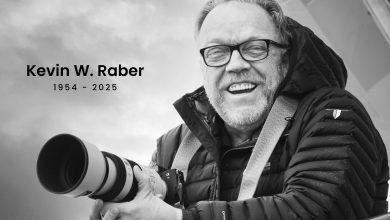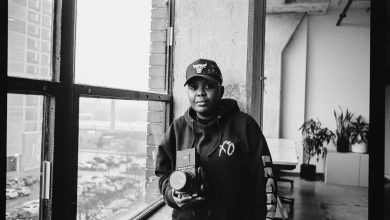WEBINAR: LinkedIn for Photographers
Podcast: Download (Duration: 1:17:05 — 69.4MB)
In this webinar, I'm joined by photographer Marc Charette. Marc also is a co-host to LinkedIn Local Central Coast and as a result, has developed some best practices for photographers and other creatives wanting to get the most out of Linkedin within the social media marketing mix.Connect with Marc on LinkedIn.
Connect with Marc on his website.
LinkedIn Basics & Principles covered:
– Why LinkedIn is becoming so important for all businesses
– How does that apply to photographers and photography businesses?
– Which kinds of photographers are most likely to benefit from LinkedIn & how
– What does it take to turn LinkedIn into a good marketing funnel
– How do you speak to this audience (it's not Facebook nor is it Instagram
– different language)
– How fast can I get results with LinkedIn (why it's not a quick fix but has long term value)
Questions asked during the Q&A segment:
Question: What is the main reason for the amount/regularity for posts?
Answer: Think of it as an opportunity to be heard or recognized or appreciated, or helpful. Unlike a retail environment, where people get ‘advertised at' and then you wait and hope that they come into your retail space, you're reaching out to start the conversation. The more you post, the more you learn what works and what doesn't. It's also part of the way in which LinkedIn measures engagement. It's pretty hard to have them figure you out and rank you up if you don't have enough content to stand above the noise. That doesn't mean yelling or just putting out stuff for the sake of it.
This is where most people struggle and fail on the content volume question. They post ‘junk' or trolling styled comments. Eventually, that backfires. Have a strategy and an intention in mind. Vary your content across newsworthy (often a reshared content piece) something you're working on (get feedback on it – etc) and maybe saying thank you to a past client by showing a shot from the session and tag them – that makes them feel good and you may even get them to re-share it which could improve your visibility.
Once you really get going, it will be easier to be strategic.
Question: What exactly are “ALT tags”?
Answer: Alt tags are like a meta description for a photo and are generally used on your website. You can only have one alt tag per photo but it can be pretty long and descriptive – about 120 characters if I remember correctly.
Hashtags are a way to increase the visibility of a post or content if someone is ‘following' or search for it. I usually recommend approx 3 hashtags based on all the stuff everyone else is saying about them.
It's ok to have more or less of them, just as long as they make sense contextually. One thing I do is try an have 2 hashtags that relate specifically to the audience that may search for that content and then one more that is far more distinct to me. My current hashtag to follow is #herdofelephants – it came about as a result of describing the importance of Google My Business for a local business.
One of the best way to figure out both which hashtags to use and how many is simply to do a bit of research. Look at other people who are getting success with post ranking, views and most importantly engagement. That's where you're likely to learn the most about what will work for you.
Question: Does LinkedIn randomly send connect requests from people you know that did not send the request?
Answer: No they don't send random requests. They may recommend but that is the most I've seen. Of course, it's their platform so they could change the rules. But to the best of my knowledge and experience, that's not an issue.
Question: I have endorsements for web hosting and design, but I have far more as a photographer. What is your recommendation around these duel career dilemmas? I want to get those photography gigs but web design work is more lucrative.
Answer: I tend to think about endorsements as a public “thank you/you're welcome” conversation.
Take them all graciously. It's earned an opportunity. What you may do though is leverage some more than others by asking permission to repost their recommendation along with your answer , not as a FIGJAM but rather as a way to demonstrate that you really do care about your work and you are very appreciative of any thanks you get.
Question: Do you watermark your images when posting on LI – clearly or less obvious?
Answer: I am maybe not the best person to answer the right thing to do on that – I vary it. I look at it from the view of ‘is it likely to be stolen' or ‘ is it going to really mess with the post'.
The rule on watermarks is pretty well the same no matter where your images are. They can be copied and downloaded just like FB so if that's a concern to you, then, maybe watermark.
Question: When is the best time of the day/night to post?
Answer: I have tried all sorts of different times. Maybe mid-morning on Tuesdays has a bit of a lead but I try not to be too sticky on that. Good content is good content. You also have to factor in that time zones will change those rules along with different holidays in different regions.
If you're working a hyper-local market, then maybe just think of the lifecycle of your prospective readers. When are they most likely to be getting onto LinkedIn… morning coffee? Saturday morning catchup from the overload of the week? It all depends on your market.
Question: Should you include links to your blog posts to show more images from a shoot?
Answer: I'd recommend putting one image as the banner shot and if you do have a showreel or a blog that it relates to, pop that links into a comment instead of the main run. The only time I'd do otherwise is if you really can't because of the content type. I'm in that camp. LinkedIn doesn't show virtual tours natively and the only way to show what they are is through external links where they are found online, usually Google Street View for a client's Google My Business page. As a result, those post of mine don't do as well, unless I really get strategic about hashtags, people tagging and getting re-shares.
Question: Is there a limit or advised number of AltTags to use?
Answer: Generally, an Alt tag represents the content on one image at a time. Think of it as if you were sight-impaired and had an e-reader telling you what's in a post. The alt tag would tell you what's in the photo so that you know what a sighted person can see, but maybe with a bit more context.
Question: Can you have multiple LinkedIn pages? Ex: different photography like product, fine art, etc “
Answer: You could but the place I tend to think a separate page makes sense is if there is very little or no relationship between the two. For example, if you work in an art gallery in the day as an employee and run a photography business separately, then that's two separate pages – of which you would only really control the one. You could use my profile as an example. I have one page for Work Pics 360 and another for getting Great Reviews (my Local SEO / reputation) service) but, even then, because the clients tend to be the same people, I could get it back to one page.
It comes down to asking yourself, how's this helping your clients & prospects or is it confusing them. Like all these things, it depends. One idea would be simply asking a sample of past clients to see how they would have perceived you. They're often the best to tell you – after all they've already done business with you.
Question: So when you put up a post, how does it gain traction beyond your followers…tags, etc?
Answer: The key to traction is engagement and reach. As long as the content is great, isn't telling people to go off LinkedIn, then the post itself is as good as it can be. Then it's a matter of how big your reach is, who's tagged in it, who's commenting and resharing…
Here's the reference page I used in the slide deck that refers to their method:
Question: What if you have more than one business and they are not related to each other?
Answer: For every business that has a separate market, create a new business page. If you look at my profile, I have 2 active pages + other things I volunteer in that are all active at the same time. Frederick and I will be doing more sessions in the future to include this kind of thing, but I'd have a go set that up and if you get stuck we can consider a 1-1 session if you prefer.
Question: Is LinkedIn really feasible for dog photography?
Answer: How many CEOs and business people do you think have dogs? And especially now that they're working from home, they're with that dog a lot more. I'd be focusing on things like:
- how to work from home and deal with a needy dog
- how to make the most of your time working from home and improve your health and relationship with your dog.
Stuff like that. I think you are in a sweet spot right now if you get cracking on it.
Question: I've been on LI for a long time in another profession. Now, I'm doing documentary wedding photography. How do I deal with this. I need to start over? Just register as a business or…? “
Answer: It's ok t have two active roles on LinkedIn, or even more if you like. So I'd simply create a new role for the work you're creating as a documentary wedding photographer and have a page for it where you can post stuff that should really be separate and distinct. And don't forget that sometimes the spill-over from one career can help another – not always of course, but don't discount the idea.
It's something you can even test for a while (long enough to know if it works though – 3-4 months) and if it's not working for you, switch it – pivot and learn. Not every approach I've used on LinkedIn has worked for me. Some even backfired. But I would have never known if I'd not tried.
Question: For the profile – Do you recommend using your own name or your studio (business) name?
Answer: Your profile should have your name and your business or studio should have its own page that is connected to your current role. This is something that Frederick and I will be doing a session on in the future if you're able to wait, or you could have a go. If you did want direct assistance, you can reach out and we can do a 1-1 session.
Question: Should she show up as our name or our business name?
Answer: Your personal profile should be under your own name and your business should have its own page that is connected to your current role.
This process does take a bit more effort. If you're looking for assistance in setting that up correctly, we can take that up as a separate event. Frederick and I will be planning future sessions like this though if you're willing to wait.
Question: What if you work full time but have your own photography business? I wrestle with people at my job knowing my business?
Answer: I suppose it would matter more for some types of photography businesses and some types of jobs. Of course, there are times when it could be perceived as a conflict of interest or simply an awkward fit. But if that's not the case (and I'd hope it isn't), I would always recommend being open and honest about who you are, what you do and what your interests are, within reason.
Here's an example where it was completely ok and we encouraged it… in a past business I ran as the operations manager for a sound, lighting and dj supply store and rental service, all the staff had side hustles as DJs and musicians themselves. It actually was really good for business in that context.
In another case, when I was back in Ottawa, Canada, I ran a mobile entertainment company as a weekend business but was a trainer for sales, products, and processes for a large insurance company. As a result, they'd hire me to do most of their sales campaign launches, events, etc. It could have been perceived as a conflict, but instead, we worked it out as a mutual benefit.
